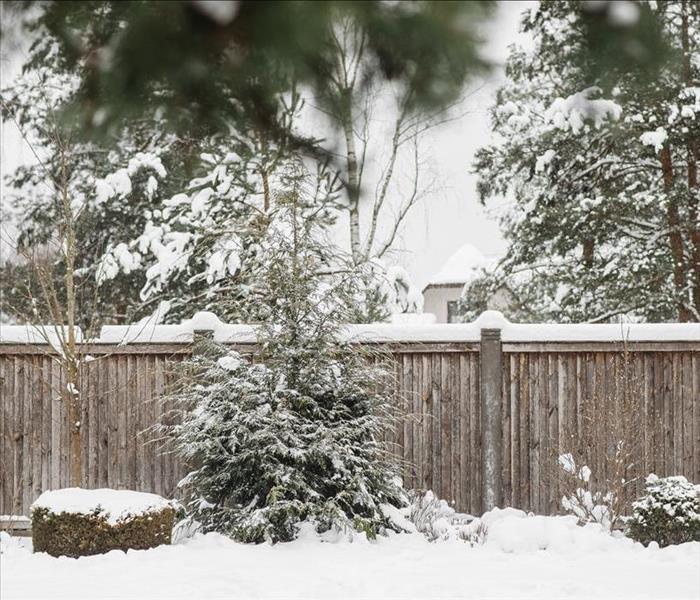How to Deal With a Polar Vortex
2/2/2021 (Permalink)
If you or I ever hear the term “polar vortex”, it means we are going to need to add a jumper or two to the list. The Polar Vortex is a region of cold air that gravitates towards the earth's poles. According to the National Weather Service, this zone will block jet streams and bring unseasonably cold weather. We were lucky enough to witness the plane Polar Vortex when our Arctic air took a trip south during the winter through the jet stream, falling in our own slice of Arctic air. It causes such cold conditions that are almost intolerable. It may come as a surprise to know that our homes and businesses, too, will suffer from the cold. As we need to dress warm and wear hats, we need to protect our homes and businesses the same way.
Effects of the Polar Vortex
Our homes and workplaces can be destroyed due to frozen pipes and ice jams during the “polar vortex” of the winter. It is now freezing cold in the Arctic, temperatures in the Arctic can cause the water in the pipes to ice and swell, which can cause the pipe to break. In the attic, as snow and ice mix and pile up, a "ridge" of ice will form and prevent the melting snow from leaving the roof. This is called "Ice Damming" which allows water and ice to spill down through the roof and into the house.
How to Prepare
- Clean snow off of the roof as soon as possible. Be sure to remove any lingering snow or ice from a previous storm off the roof first.
- Be sure that your attic or top floor is properly insulated before a storm. If your amount of insulation is lacking, adding extra insulation may be helpful.
- Before a storm, be sure that all pipes are insulated and any cracks are sealed.
- When temperatures drop, let your faucets drip in order to keep water flowing.
- Maintain consistent, warm temperatures inside of your home or business. Additionally, make certain that your insulation is sufficient throughout the home or building





 24/7 Emergency Service
24/7 Emergency Service
